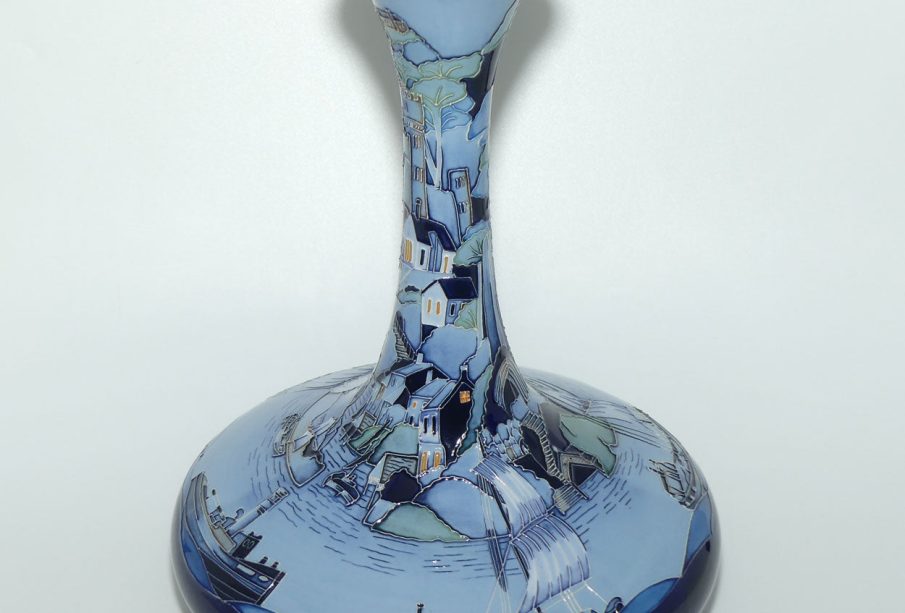Moorcroft Pottery: A Timeless Collectible in Modern Times

Introduction
Moorcroft Pottery, renowned for its exquisite craftsmanship and vibrant glazes, holds a significant place in the world of decorative arts. Established in 1897 by William Moorcroft, this pottery has carved a niche for itself in the realm of collectors, art enthusiasts, and interior designers alike. Its unique designs and high-quality production continue to resonate with audiences, making it a relevant topic in both historical art discussions and contemporary collecting trends.
A Historical Perspective
Founded in Burslem, Stoke-on-Trent, Moorcroft Pottery has remained family-owned for over a century. The company quickly gained recognition, exhibiting its distinctive pieces at the 1900 Exhibition in Paris, where it won prestigious awards. The signature style developed by Moorcroft reflects influences from Art Nouveau and Arts and Crafts movements, combining naturalistic forms with intricate motifs. The hand-painted nature of each piece signifies not only a high level of skill but also a commitment to artistry that has been retained through generations.
Current Trends in Collecting
In recent years, a resurgence of interest in vintage and artisanal pottery has led to a renewed focus on Moorcroft. Collectors seek these notable works not just as decorative pieces but as investment opportunities, aware that certain designs can significantly appreciate over time. Auction houses such as Bonhams and Sotheby’s frequently showcase Moorcroft pieces, often featuring works with historical significance or limited production runs.
As of 2023, particular patterns such as “Blue Pansy” and “Flambe” have gained remarkable attention, showcasing how the aesthetic appeal of Moorcroft continues to captivate new collectors. Furthermore, the rise of online auction platforms and social media groups has made it easier for enthusiasts to buy, sell, and share their collections, opening new avenues for appreciation of Moorcroft Pottery.
Challenges and Preservation
While the interest in Moorcroft Pottery is thriving, challenges remain. The authenticity of pieces has come under scrutiny as the market becomes saturated with reproductions. Collectors are urged to educate themselves on identifying genuine Moorcroft works, which may include understanding markings and signatures unique to the brand.
Conclusion
Moorcroft Pottery remains a luminary in the world of ceramics, bridging the gap between historical legacy and contemporary design. With a devoted collector base and continued admiration for its artistry, it is poised to remain a significant player in the pottery landscape. Future predictions suggest that as sustainability and artisan craftsmanship continue to be celebrated in contemporary culture, Moorcroft will find its place as a symbol of enduring quality and artistic innovation.








